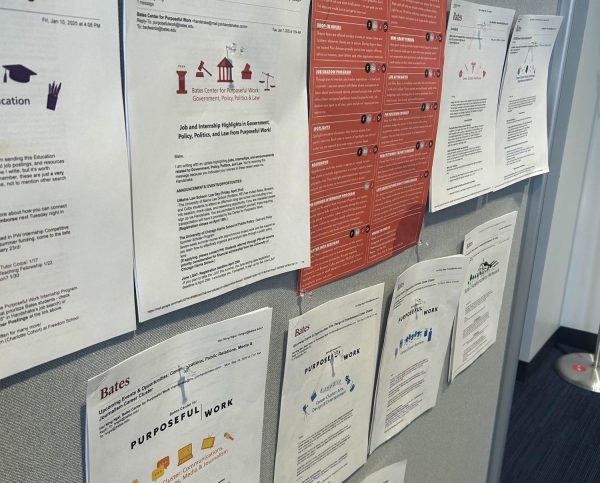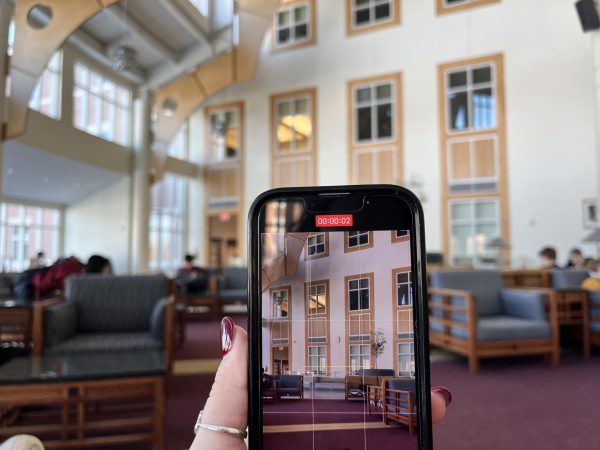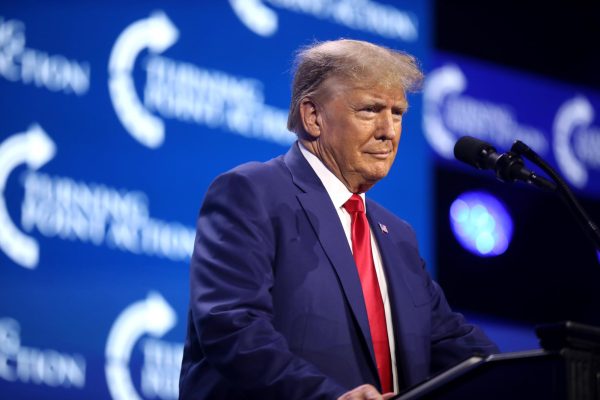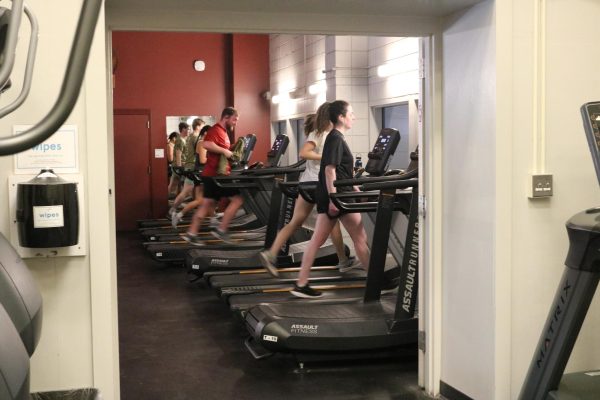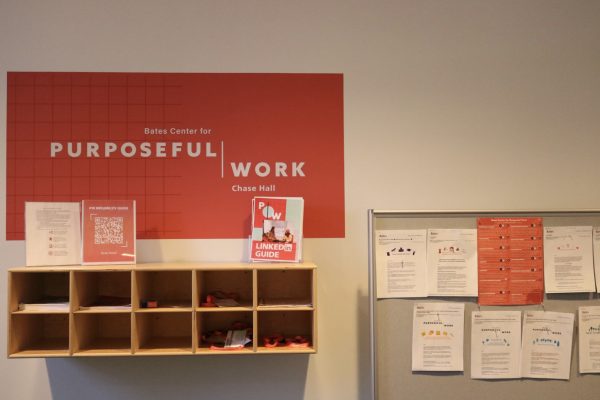President Exploits BLM’s Mixed Signals
Amidst the violent protests in Kenosha, Wis., one prominent voice was ignored as arson and looting broke out in the city and an armed vigilante killed two people. That voice was Jacob Blake’s mother. After demonstrators torched cars and local businesses, Julia Jackson denounced the violence done in her son’s name. “We will not excuse the actions of the Kenosha Police Department, but his mother asks everyone to please remain peaceful,” according to a tweet from Blake’s cousin.
Unfortunately, demonstrators did not heed Jackson’s request. Similarly in Louisville this past week, Breonna Taylor’s mother Tamika Palmer asked, “please keep the demonstrations peaceful.” However, the latest round of arson and riots beamed into the living rooms of Americans around the country will help President Trump’s re-election campaign boost its message of law and order in the crucial swing state of Wisconsin and others.
By ignoring the pleas of George Floyd’s brother and Breonna Taylor’s mother for protests to remain peaceful, activists have given new life to President Trump’s lagging campaign. Key swing states and constituencies like suburban, female, and independent voters could find appeal in Trump’s law and order messaging in response to the violent protests.
The recent polls by CNN and Fox show voters preferring Biden narrowly to Trump 50% to 47% when asked which candidate will “keep America safe.” Polling from NBC and the Wall Street Journal showed respondents giving a slight edge to Trump when asked “which candidate is better equipped to deal with crime.”
However, if the polls in 2016 have taught Americans anything, it’s that predictions can be wrong. Trump’s aides and the president himself see an opening to drag headlines away from his horrible handling of the coronavirus and refocus on his “tough on crime” stance.
Look no further than Portland, Ore. to see how Black Lives Matter’s mission for racial justice has been snatched away from the organization. Protests in Portland entered their one-hundredth consecutive day on Sept. 6, when police arrested over 50 people. Police reported that “multiple fire bombs were thrown at officers” and resulted in one person’s shoes being set aflame, and they were subsequently taken to the hospital.
Portland police described people in the crowd carrying large shields, wearing helmets, gas masks and body armor. To top the madness off, a far left militant admitted to killing a member of a far right group on Sept. 3. The far left militant was later killed by police after he “produced a firearm, threatening the lives of law enforcement officers” while they tried to arrest him for a second-degree murder charge.
The president’s response wasn’t far behind. He attempted to tie the killings and violence in Portland to “The Radical Left Mayors and Governors of Cities where this crazy violence is taking place” on Twitter to convince voters of his uncompromising stance on law and order. The president has attempted, I would argue, to shift the media narrative of the protests. These will now be framed as having nothing to do with injustice, the killings of George Floyd and Breonna Taylor, or the crippling of Jacob Blake.
Amongst all this turmoil that is being broadcasted by the media each day, the Black Lives Matter Foundation (BLM) has failed to put forth a national narrative for its chapters that explicitly condemns violence in any form. Although other leaders in the Black community have condemned violence, the BLM organization has yet to do so. Searching through BLM’s official website on Sept. 13, all sixteen recognized chapters recognized in the U.S. and Canada do not contain any non-violent language. Only one of the recognized leaders of BLM in Detroit calls herself a Non-violence activist. As of late September, the official BLM website has removed its list of recognized chapters.
Look at the past website and the current one and ask: where are the statements from BLM national, state, and city leaders explicitly condemning violence? Committing to nonviolent protest is entirely different; what BLM needs to do to wrestle back their narrative from the media and the White House in order to centralize their organization so that people who are not a part of the organization do not attempt to represent the movement.
Similar organizations like the NAACP, the Colorado Black Round Table, and others explicitly condemned violence in their respective cities, but where are the statements from BLM doing the same? Lex Scott, a founder of the Utah Black Lives Matter movement, remarked that “if we catch members destroying property and inciting violence, they will be removed from the chapter and I will testify against them myself.” It’s a shame that Utah BLM does not receive more national news coverage; BLM Utah was not listed as an official chapter on the BLM website. Why the disorganization? The executive leadership of Black Lives Matter could have easily issued guidance to all its chapter leaders to denounce violence of any kind at their protests.
Black Lives Matter has a strong message, an appealing platform, and the support of young people. Why isn’t the movement’s physical and cyber presence more consistent? Consider the National Association for the Advancement of Colored People (NAACP), which is the largest civil rights organization in the U.S. On their website, you can find a branch near you, and manuals, rules, and contacts for starting or joining a chapter. You can also look up who is on the Board of Directors, their legal arm, and their press team as well as access lists of the different regions that break down the NAACP’s goals pertaining to state, county, and even some cities. Perhaps the biggest difference between the NAACP and BLM is the sections they have dedicated to voter turnout with a special focus on battleground states like Michigan, Wisconsin, and Pennsylvania.
As of this writing on Sept. 30, BLM no longer has a chapter directory, leadership directory, or any other resources other than social media graphics and toolkits for activists. Granted, the NAACP has had over one-hundred years to fine-tune its message, methods, and grassroots mobilization strategies, but BLM has more young people that understand social media and its power to organize and push for change.
What BLM lacks is a consistent and centralized leadership structure in which protest leaders have control over acts of civil disobedience and more importantly, the ability to condemn and denounce opportunists who hijack BLM protests for their own use. Unless BLM gets more organized, the White House will continue to exploit those inconsistent statements. BLM sometimes supports and sometimes condemns violence; this lack of consistency will be what the president focuses on.
The narrative of BLM leaders losing control of their movement that the media and the White House continue to portray gives the Republican Party and the president plenty of room to sow doubts in the minds of independent, suburban, and white female voters. This alleged schism between the leaders of BLM and the activists on the ground is helped greatly by BLM’s disorganization. If support for BLM has decreased among white and Hispanic adults since June 2020, it’s time to professionalize the organization to ensure that BLM does not fade into history.
Your donation will support the student journalists of Bates College and help us cover our annual website hosting costs.


